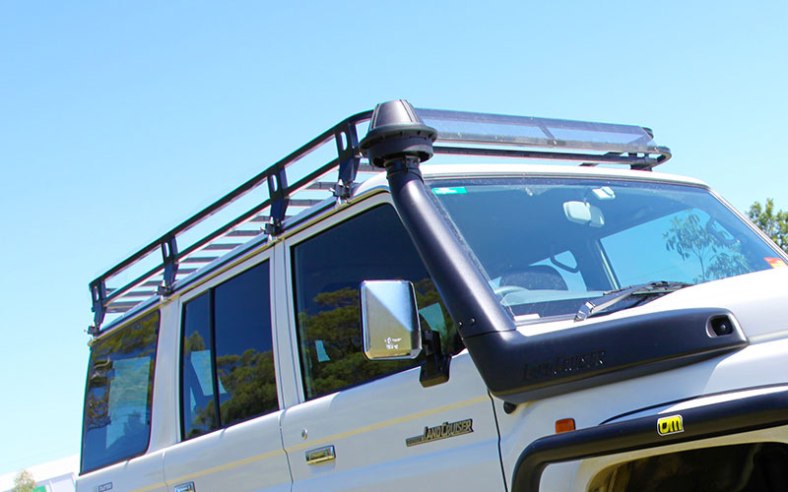
There’s something very special about sleeping under the stars and getting some fresh air with your loved ones. Getting away from the city and hitting the outdoors is a wonderful way for your family to bond and create lasting memories. Despite this, we’ve all heard a few horror stories about camping trips gone wrong, and this can sometimes turn people off camping entirely. But all that is required to have an enjoyable trip is a modest amount of preparation and knowledge. Family camping trips are meant to be fun and memorable and allow the entire family to restore their energy levels.
Regardless of whether you’re camping for a few days or an entire week, there are specific things that you must understand and be prepared for to make sure that everyone has a good time. Being stuck in the bush isn’t the ideal picture of a holiday, so it’s integral that you arrive at your campsite anticipating the best but being prepared for the worst. To give you some information into the sort of preparation and knowledge that’s required for a memorable trip, we’ve put together a list of essential camping tips before you even leave home.
Purchase high-quality camping equipment
There’s no doubt that buying camping gear can be quite expensive, but it’s important to remember that buying high-quality camping gear is always a better investment. Cheap equipment is likely to break easily and doesn’t provide much comfort and security, so ensure you purchase high-quality camping equipment that will last longer and make your trip more enjoyable.
Test your camping gear
You want to make sure that all your camping gear is in good working condition by testing it at home before hitting the road. Additionally, if you haven’t been camping in a while, then you can practice how to set everything up and pack it away. Setting up your tent at home is a fantastic way to ensure you’re not missing any critical poles and pegs which can definitely ruin an otherwise enjoyable camping trip!
Bring loads of lighting
One necessary item that is required for all memorable camping trips is plenty of lighting. It’s extremely difficult to cook in the dark let alone find the toilet, so ensure you bring loads of head-lamps and torches, and don’t forget spare batteries! As you may have experienced before, accidents can happen when you can’t see what you’re doing, plus your kids will feel much safer in the evening.
Research the campsite
It is crucial that you have an indication of what the campsite offers before you leave. Are there flushing toilets and showers? Barbeques? Power? Researching the campgrounds gives you a good indication of what you need to pack, and what can be left at home. You’ll also want to research whether there’s any dangerous plants or insects at the park so you can pack your first aid kit as required. Always bring lots of mosquito repellent!
Bring rope and duct tape
Rope and duct tape are amazing inventions, and you’ll be amazed at just how much these items will help you when you least expect. Rope can be used as a washing line or to support your tent, while duct tape can be used for pretty much everything – from mending broken tent poles to repairing a rip in your tent fabric. Always bring plenty of rope and duct tape.
Check the weather forecast
Having an idea of the temperature is very important when camping, as generally it can get hot during the day but chilly at night. You also want to be aware if there are any fire bans in place where you’re headed. Packing the proper clothing including rain jackets and thermals will ensure that you’ll stay comfortable regardless of the weather.
Don’t forget the small stuff
There’s loads of small items that are needed to ensure you and your family have an enjoyable camping trip. Items like matches, a hammer, brush, shovel, and corkscrew are all small things which can be easily forgotten. It’s best to construct a camping checklist, or you can read our article on what to bring for a 4×4 trip which supplies a basic checklist for you.
Prepare for the worst
Although we all wish to have the best camping experience possible, it’s necessary that you also prepare for the worst just in case something does go south. Tell friends or family where you’re camping and for how long and make sure you bring cash and a phone with you in the event that you need to contact someone for help.
Moreover, if you need to purchase any high-quality camping gear or equipment, TJM Australia have you covered. Simply visit our dedicated camping webpage or pop in to your local TJM store for some friendly advice.

